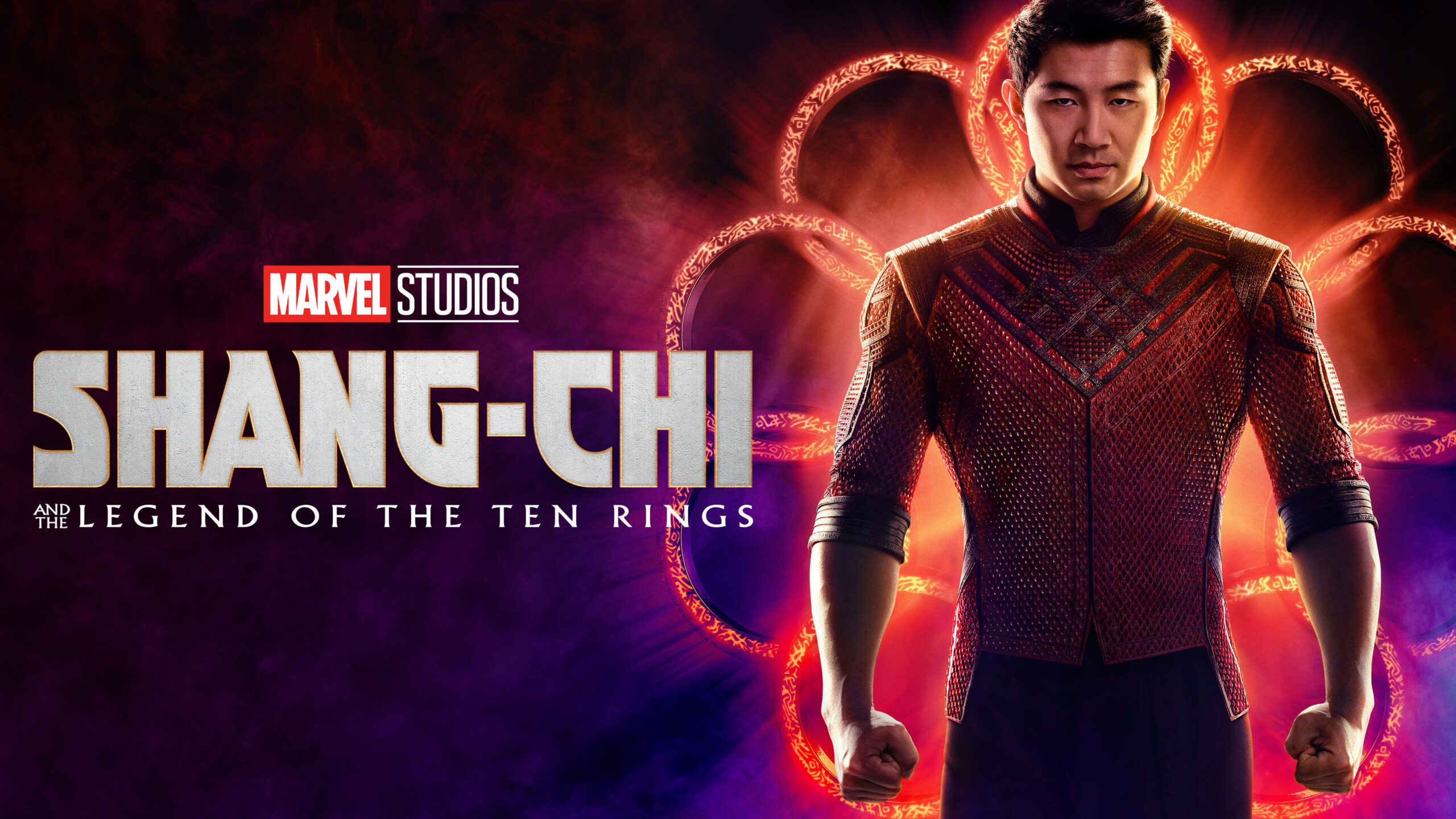
Marvel Studios expanded its cinematic universe with “Shang-Chi and the Legend of the Ten Rings”, a film that brings the first Asian superhero to the forefront of the Marvel Cinematic Universe (MCU). Directed by Destin Daniel Cretton, this action-adventure fantasy blends martial arts with a powerful story of identity, legacy, and family. Simu Liu stars as Shang-Chi, alongside a cast that includes Awkwafina, Tony Leung, and Michelle Yeoh. Here’s a discussion which explores the film’s narrative, performances, visual splendour, and its reception.
The story follows Shang-Chi (Simu Liu), a young man living a seemingly ordinary life in San Francisco as “Shaun” until his past catches up with him. Shang-Chi is forced to confront his true identity and his family legacy when he is attacked on a bus by a group of assassins. It becomes clear that the attack is linked to his estranged father, Wenwu (Tony Leung), also known as The Mandarin, who leads the Ten Rings organization, a criminal enterprise wielding powerful artifacts known as the Ten Rings.
Shang-Chi travels from America to Macao with his best friend Katy (Awkwafina) to warn his sister Xialing (Meng’er Zhang) of their father’s imminent plans. The reunion becomes a journey of self-discovery as Shang-Chi and his sister uncover their family’s complicated past, confront their father’s intentions, and ultimately embrace their roles in stopping Wenwu’s dangerous obsession, which threatens to unleash an ancient evil.
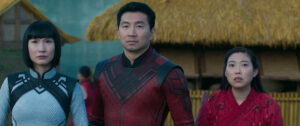
Characters and Performances
Simu Liu brings a fresh and charismatic presence to the MCU. His portrayal of Shang-Chi is both relatable and heroically compelling, skillfully balancing the character’s internal struggle with his physical prowess. Liu’s martial arts performances are striking, blending authenticity with cinematic style.
Tony Leung delivers a complex and riveting performance as Wenwu. His portrayal of The Mandarin, who is Shang-Chi’s father, adds depth to the antagonist, presenting him not just as a villain but as a tragic character driven by love and loss. Leung’s nuanced acting added weight to the film’s emotional core.
Awkwafina provides comic relief and a relatable viewpoint as Katy, Shang-Chi’s loyal friend. Her chemistry with Liu offers a grounded perspective amidst the film’s fantastical elements. Awkwafina’s performance adds heart and humour, enhancing the overall narrative.
Michelle Yeoh, portraying Shang-Chi’s aunt Jiang Nan, brings wisdom and strength to her role. Her character serves as a mentor, guiding Shang-Chi and Xialing through their journey. Yeoh’s presence adds a layer of elegance and authority to the film.
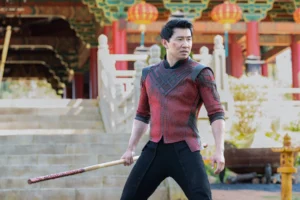
One of the standout elements of “Shang-Chi and the Legend of the Ten Rings” is its spectacular action choreography. The film boasts some of the most intricate and beautifully executed martial arts sequences in the MCU. From the intense bus fight scene to the mystical battle against dark forces, the action is both thrilling and artistically stunning.
The visual effects and production design transport audiences to breathtaking locations, from modern cities to the mystical land of Ta Lo. The blend of practical stunts and CGI creates a visually immersive experience that enhances the film’s narrative.
Destin Daniel Cretton expertly helms the film, balancing action, emotion, and cultural elements seamlessly. His direction ensures that the film’s narrative is both engaging and meaningful, exploring themes of identity, family, and redemption without losing the essence of an epic superhero adventure.
The film’s cinematography by Bill Pope captures both the grandeur and intimacy of the story. The vibrant colours and dynamic camera work during action sequences elevate the film’s visual storytelling. Sue Chan’s production design, combined with nuanced costume work, celebrates Asian culture and mythology, enriching the film’s authenticity.

“Shang-Chi and the Legend of the Ten Rings” delves deep into themes of identity and legacy. Shang-Chi’s journey from a man running from his past to embracing his destiny is a powerful narrative arc. The film explores the impact of family heritage and the struggle between following one’s path and honouring familial bonds.
The central conflict between Shang-Chi and Wenwu is layered with emotional intricacies, emphasizing the lengths to which Wenwu goes out of love and loss. The film examines the possibilities of redemption and forgiveness, highlighting the importance of understanding and reconciling with one’s past.
“Shang-Chi and the Legend of the Ten Rings” had a production budget of approximately $150 million. Upon its release, the film achieved significant commercial success. It grossed around $432 million worldwide, marking a robust performance, particularly impressive given the challenges posed by the COVID-19 pandemic. The movie’s box office success underscores its broad appeal and the enthusiastic reception from both fans and newcomers to the MCU.
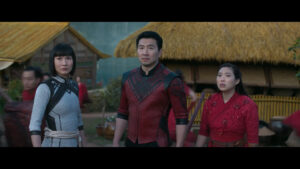
On Rotten Tomatoes, “Shang-Chi and the Legend of the Ten Rings” garnered overwhelmingly positive reviews. It holds a critic score of 91%, reflecting praise for its action sequences, cultural representation, and strong performances, particularly highlighting Tony Leung’s portrayal of Wenwu. The audience score is similarly high at 98%, demonstrating widespread approval and enjoyment from viewers.
“Shang-Chi and the Legend of the Ten Rings” is a remarkable addition to the Marvel Cinematic Universe that successfully introduces a new hero while delivering a compelling and visually stunning film. The movie’s blend of action, emotion, and cultural depth offers a refreshing and meaningful cinematic experience. With outstanding performances from Simu Liu, Tony Leung, and the supporting cast, along with Cretton’s skilled direction, “Shang-Chi” stands out as a triumph in both storytelling and representation.
For fans of superhero films and newcomers alike, “Shang-Chi and the Legend of the Ten Rings” is a must-watch journey that promises excitement, emotional resonance, and a celebration of cultural heritage.


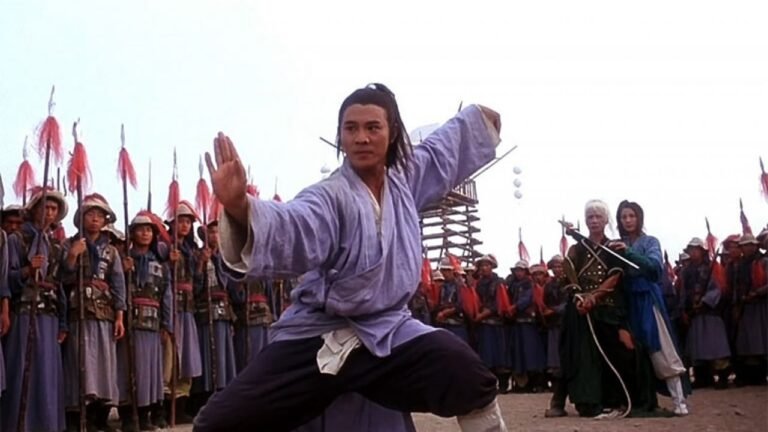
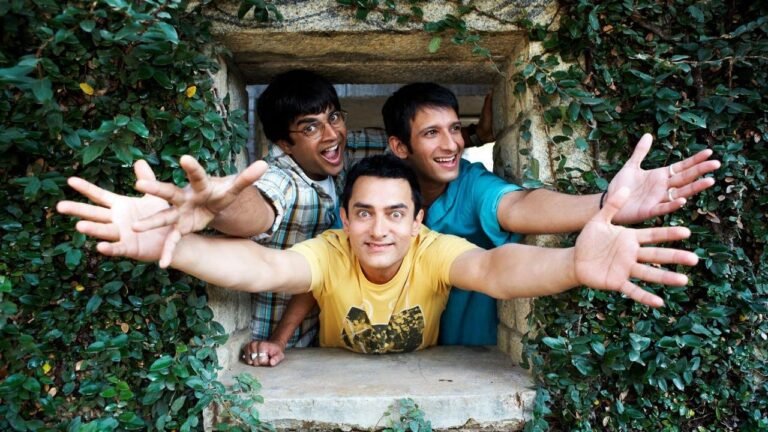

One of my favorite marvel movies 😁